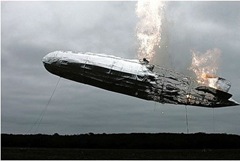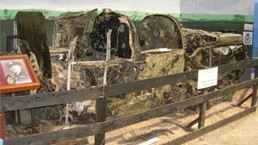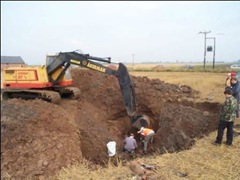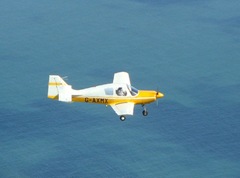Seventy six years after the Hindenburg disaster, a team led by a British aeronautical engineer says it now knows what caused the airship’s destruction: static electricity. Of course, that may not come as a shocking revelation to anyone who has read up on the tragedy as the static electricity theory has been around for just as long as the various other theories – including all of the conspiracy theories (See the cause of ignition heading under the Wikipedia entry for the disaster).
 This time around though Jem Stansfield, a British aeronautical engineer, led a team of researchers at the Southwest Research Institute in San Antonio, Texas, who blew up and set fire to airship models to rule out other possibilities such as a bomb or exploding paint. According to their static electricity theory, the Hindenburg had become charged with static due to an electrical storm while a broken wire or a sticking gas valve leaked hydrogen into the ventilation shafts. The most likely mechanism for the spark starting the fire was electrostatic with the fire first appearing on the tail of the airship where it ignited the leaking hydrogen.
This time around though Jem Stansfield, a British aeronautical engineer, led a team of researchers at the Southwest Research Institute in San Antonio, Texas, who blew up and set fire to airship models to rule out other possibilities such as a bomb or exploding paint. According to their static electricity theory, the Hindenburg had become charged with static due to an electrical storm while a broken wire or a sticking gas valve leaked hydrogen into the ventilation shafts. The most likely mechanism for the spark starting the fire was electrostatic with the fire first appearing on the tail of the airship where it ignited the leaking hydrogen.
So is it finally case closed for what brought down the Hindenburg? Probably not because conspiracy theories are always much more fun than boring theories about static electricity. So perhaps the latest research should be viewed as just more evidence weighing in the direction of static electricity rather than “something else.”
Stansfield’s work has become the focus of the TV documentary “What Destroyed the Hindenburg” which aired on Channel 4 last week and will air again early next week (click here for the times). However, a quick search of YouYube reveals the whole documentary has (for now) been posted here by a user and not by documentary’s creators – meaning its probably not going to be up for very long!



